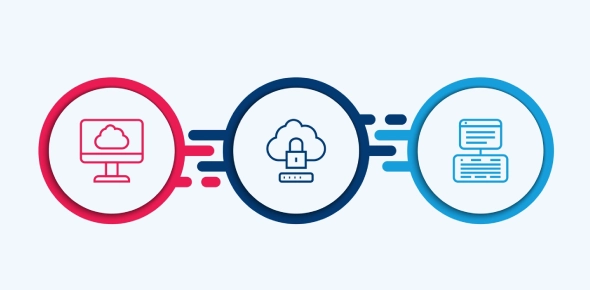Database Design Quiz: Oracle Fundamentals
- ISO/IEC 9075
- ANSI SQL
2.
You may optionally provide this to label your report, leaderboard, or certificate.
×
Thank you for your feedback!
















